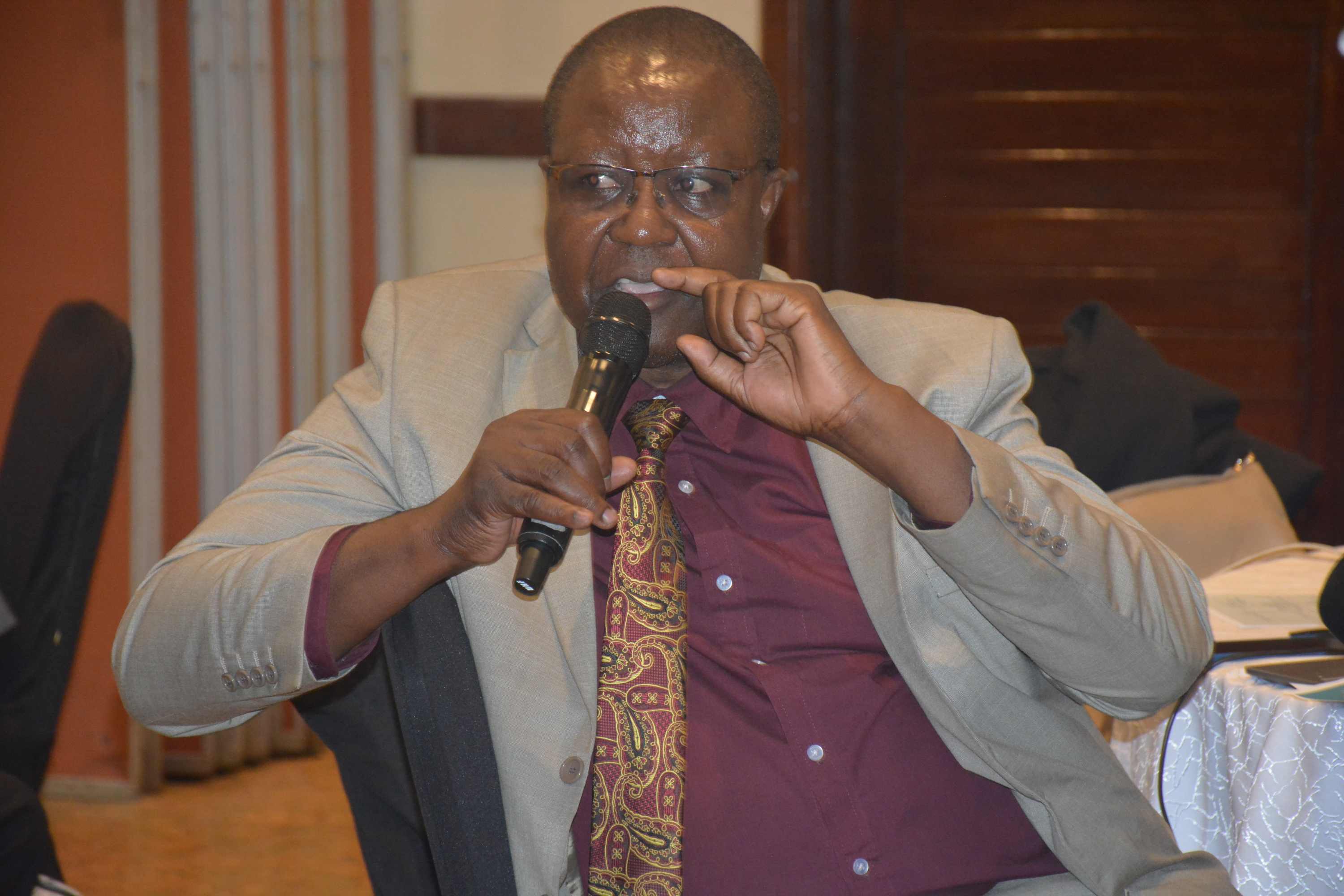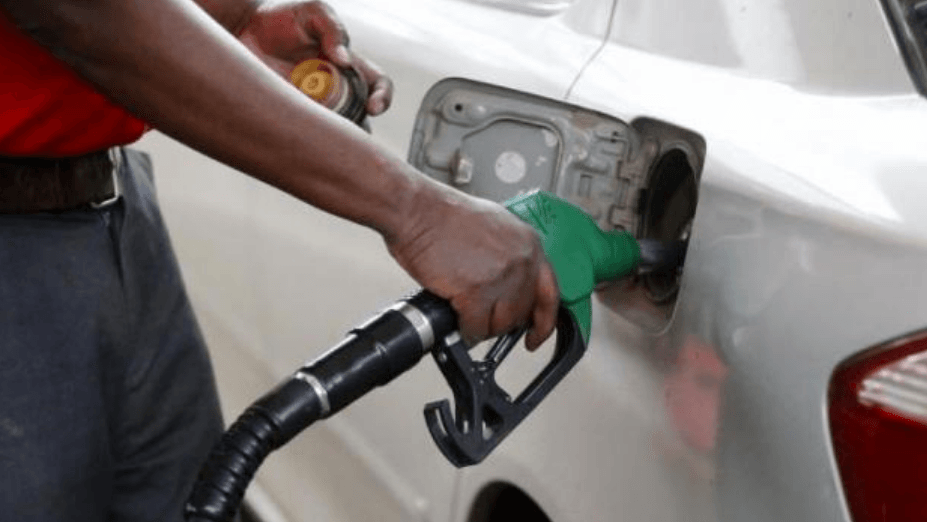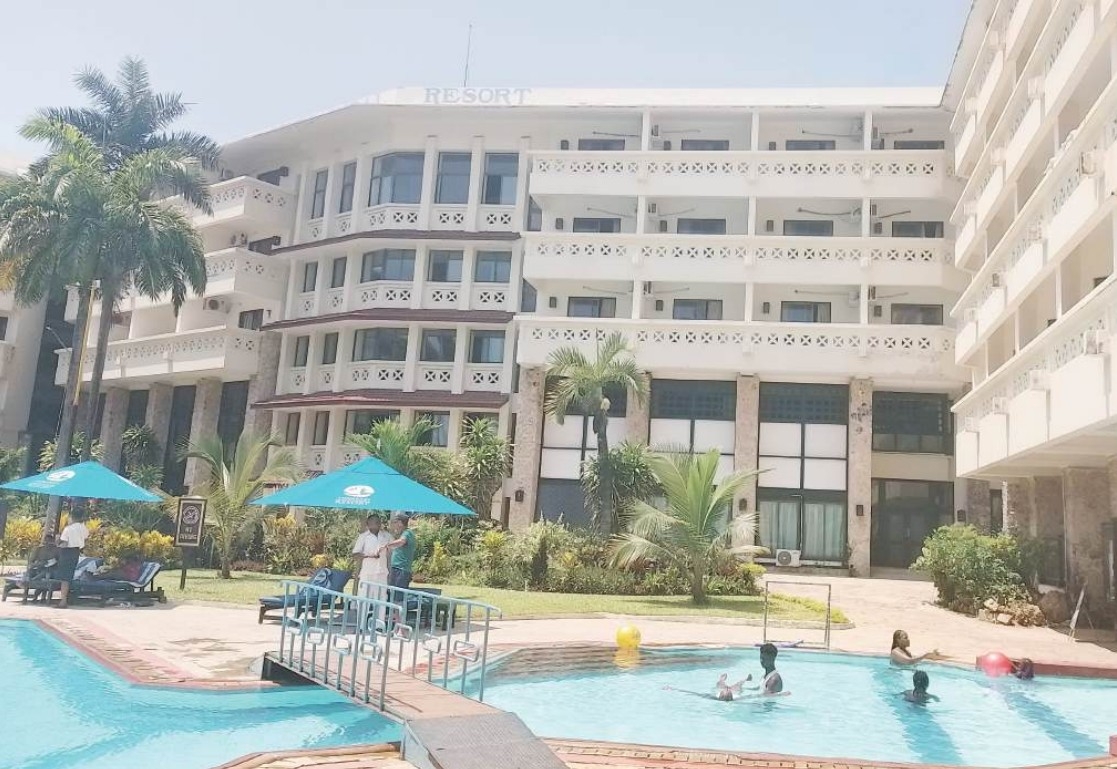

The United Nations Environment Programme (UNEP) and Stockholm Environment Institute (SEI) have taken a leading role in hosting a regional Early Warning Framework aimed at bolstering resilience against climate shocks in Eastern Africa.
The framework, developed in collaboration with the Intergovernmental Authority on Development (IGAD) and its specialised agency, the IGAD Climate Prediction and Applications Centre (ICPAC), seeks to enhance preparedness and response to climate-related disasters across the Horn of Africa.
Speaking at the Science-Policy Practitioner Dialogue in Nairobi, Climate Services User Engagement Expert at ICPAC Calistus Wachana stressed the urgency of building robust early warning systems.
“We envision a resilient region that can better anticipate and manage the risks arising from climate variability and change,” Wachara said.
The plan builds on the Global Framework for Climate Services (GFCS), endorsed at the Third World Climate Conference in 2009, which promotes the integration of science-based climate information into planning and decision-making.
UNEP and SEI’s support has enabled the cascading of the global initiative into Regional and National Frameworks for Climate Services (RFCS and NFCS). ICPAC, designated as a WMO Regional Climate Centre in 2017, plays a pivotal role in implementing the framework.
It serves more than 300 million people in 11 countries, providing climate monitoring, forecasting, and sector-specific applications to support agriculture, water management, health, energy, and disaster risk reduction.
“Effective early warning requires strong coordination between global, regional, and national institutions. This includes harmonising early warning systems and ensuring consistent, quality climate services from global down to local levels,” Wachana said.
The Regional Framework’s strategic objectives include establishing governance and operational structures, supporting member states to implement national frameworks, strengthening research and innovation in climate services, and enhancing data access and usability.
A key component is the Climate Services Information System (CSIS), described as “the operational backbone” for generating, processing, and disseminating climate data.
“This framework is an entry point for new products and services that can save lives and protect livelihoods. Climate services are no longer optional. They are essential for prosperity in the Greater Horn of Africa,” Wachana said.
As implementation progresses, UNEP, SEI, and ICPAC are working to ensure that climate information is not only accurate but also user-driven and accessible to decision makers at all levels.
With emissions from traffic, industries, waste burning, and informal settlements blanketing the city in toxic air, experts now warn that air pollution has become one of the greatest threats to urban health and survival.
On Monday, top scientists, policymakers, and community leaders gathered in Nairobi for a major wake-up call.
The full-day Science-Policy Practitioner Dialogue, hosted by UNEP and SEI, laid bare the deadly link between air quality, climate change, and Nairobi’s vulnerability.
“We’re living in a silent emergency. Poor air quality is making our people sick, and we’re not warning them in time. This isn’t just about data, it’s about lives,” UNEP’s Robert Wabunoha said.
Nairobi’s air is laced with dangerous pollutants like PM2.5, PM10, CO2, and carbon monoxide. These invisible particles penetrate deep into the lungs and bloodstream, increasing the risk of asthma, heart disease, and premature death.
The problem is widespread from schools and hospitals to residential estates and industrial zones.
SEI and UNEP have installed over 40 air quality sensors across the city. The experts said Kenya’s early warning systems largely ignore air pollution, even though it is killing more people than floods or droughts.
The dialogue called for air pollution to be formally recognised as a climate and disaster risk, integrated into the national early warning framework under the “Early Warnings for All” initiative.
















